|
After I wrote my WSET3 exam, I had a few days before the start of my MBA in Wine Marketing and Management at INSEEC here in Bordeaux. I knew I had missed the harvest in most areas in Bordeaux, but I definitely didn't want to miss the pressing and fermentation in the wineries. The school where I did my WSET3 course and exam, Bordeaux Wine Campus, recommended Orphorus Tours, so I booked a tour to see Saint-Émilion and Pomerol. Since I've been in Bordeaux, my tastes in Bordeaux blends have moved more towards the Pauillac wines, but Saint-Émilion has a very special place in my heart since it was the very first French wine I ever tried when I was a university student in Paris many years ago. The first stop of the day was in the Pomerol appellation at Château de Sales with a private tour of the estate with one of the estate's family members. The Château de Sales is an absolutely beautiful estate that has been passed down through the same family since 1464 – that’s six centuries! The château itself was built in the early 1600s, but it didn’t become a functioning vineyard until the late 1700s. Like other Pomerol estates, Merlot dominates the vineyard at 72% with Cabernet Sauvignon at 15% and Cabernet Franc at 13% making up the rest of the estate. Most of the vines are about 35-years-old and there are a few old vines that are over 50 years of age. The soil consists of mostly gravel and sand with a bit of clay. Another interesting point about Château de Sales is that it’s the largest estate in the Pomerol appellation! After walking through the estate and its gardens, it was into the winery! Now, I'm sure Château de Sales won't be too thrilled that my favorite part of visiting the estate was that I was thrilled to learn about the waste from winemaking! As soon as you walk into the winery, you can smell the fermentation of the grapes - it's like a yeasty, cranberry-type of smell. Our group was quite lucky since we were able to see the winery staff cleaning out the cement vats that had their juice pumped out of them and were in the process of cleaning out the pomace, or marc in French, which is the leftover parts of the grape like the skins, pulp, seeds and stems. There is a type of pump contraction that's put into the door of the vat, and it sucks out all the pomace into a large sieve-like container. Winery workers then go into the vat to shovel out anything the pump can't get out. All of this waste is then dumped into a big pile outside of the winery. Our guide had apologized that there were these small gnats flying around since they're attracted to the pomace. However, those little gnats were nothing at all when you've grown up swatting away hundreds of black flies in the Canadian bush (those from Northern Ontario know that the proper name for wilderness/forest is 'bush'). This pomace is a type of environment waste since it contains residual ethanol from the fermentation, so the European Union strictly regulates its disposal. Most of the pomace is sent to distilleries where it can be used to fortify spirits or for other industrial application. Some of the extracts can even be used in skin-care products. Caudalie is the most known French cosmetics company that uses pomace extracts, and is headquartered in Bordeaux. I found some an interesting article from PalatePress that goes into more detail about the uses of pomace, Pomace to Pours: Perspectives and Power Dealing with Winery Waste. There's also another article from WineFolly that looks as other winery waste products, Five Upcycled Products from Wine Waste. One of my favorite parts of visiting wineries is going into the cellars where the barrels are kept to age the wine. I love the smell of the oak, and stiff the barrels from different makers. I then can't finish this post without talking about Château de Sales barrel aging process since the complexity of this process makes it so interesting. The château ages 50% of its wine in French oak barrels and the other 50% in tanks. For aging in oak, only 5% of the barrels are new, 30% are one-year-old barrels, another 30% are two-year-old barrels, and the rest of the barrels are three-years old. That sure is a lot of blending! To finish up the tour, we got a chance to taste both the first and second labels of the estate in a gorgeous, wood-beamed tasting room. The first label is Château de Sales and the second one is Château Chantalouette (previously called Clos de Sales). Although I'm starting to drink more Left Bank wines, I really love the fruitiness in Pomerol wines, especially the fresh red cherry and raspberry fruit flavors in the Chantalouette, which also had a bit of clove and mocha. I ended up buying one of each; a 2010 Château de Sale to hopefully lie down for about 10-15 years, and a 2014 Château Chantalouette to keep for a few years, or even drink this Christmas when I'm back in Tokyo for my school break.
I’ve noticed on many Pomerol wine labels that you can find a Maltese cross, so I did a little research and found out that it is the cross of the Hospitallers of the Order of Saint John of Jerusalem, known today as the Order of Malta. The Romans and the Hospitallers were the first to grow vines in Pomerol, and the Hospitaller later went on to build hospices along the pilgrimage route to Santiago de Compostela through Pomerol in the twelfth century. These hospices gained a reputation for being very welcoming and for helping pilgrims recovers from their journey with Pomerol wines. You might have also noticed that at the center of the Maltese cross that there is a scallop-shell. This is the symbol for the James the Greater, who was the first of the twelve apostles martyred for his faith. Intriguing how so much history is wrapped around a bottle of wine on its label!
0 Comments
|
Archives
November 2017
Categories
All
|
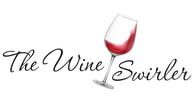
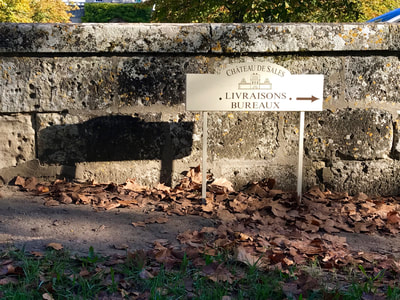
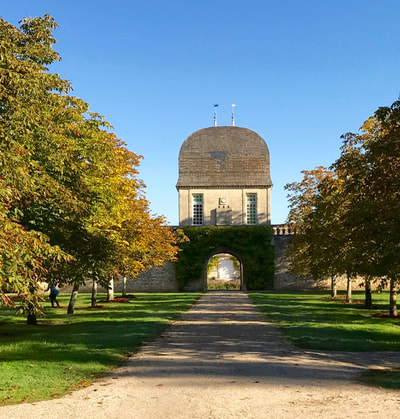
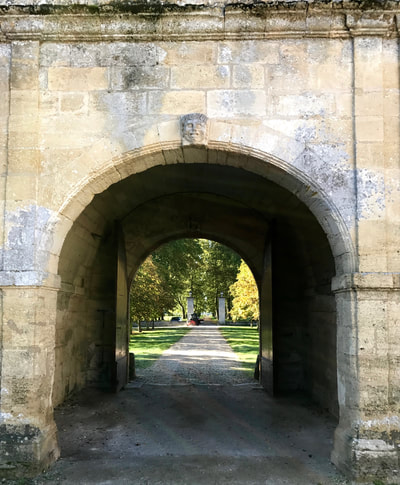
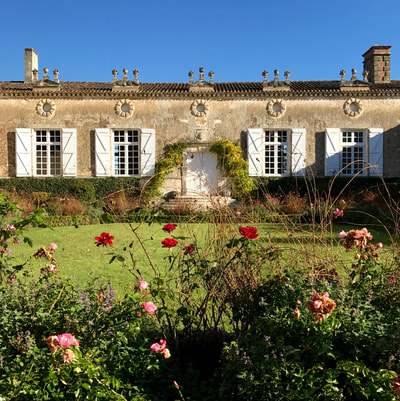
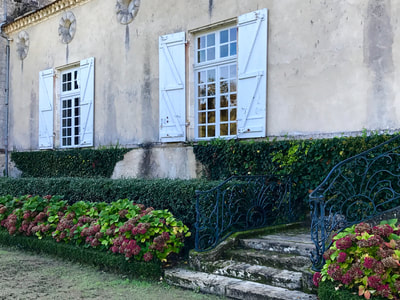
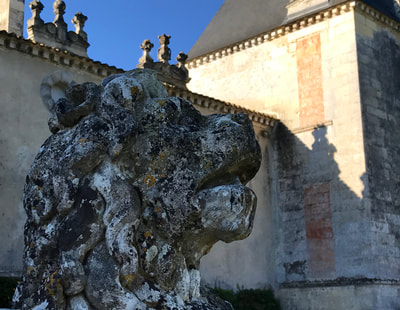
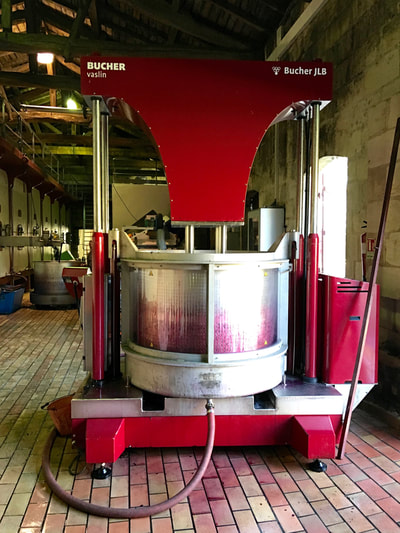

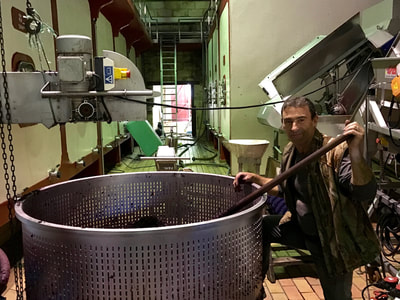
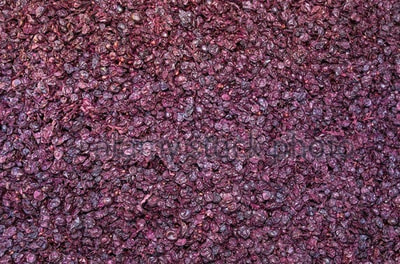
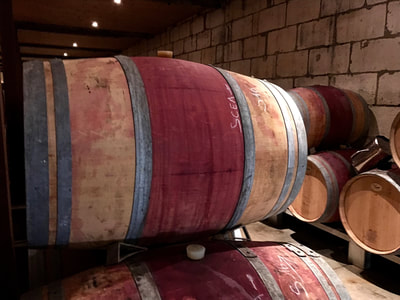
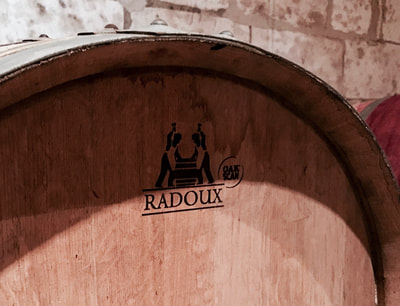
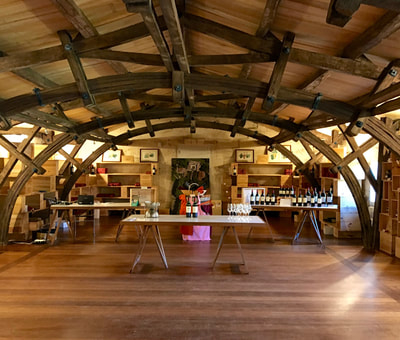
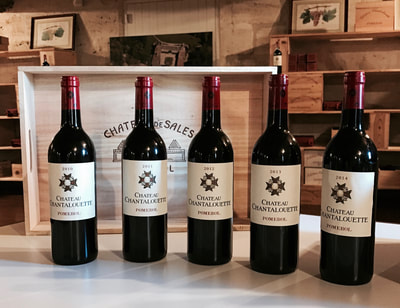
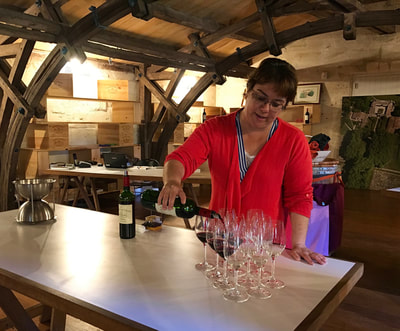
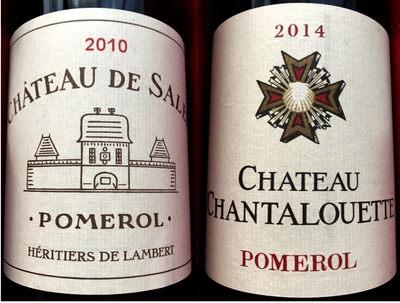
 RSS Feed
RSS Feed
